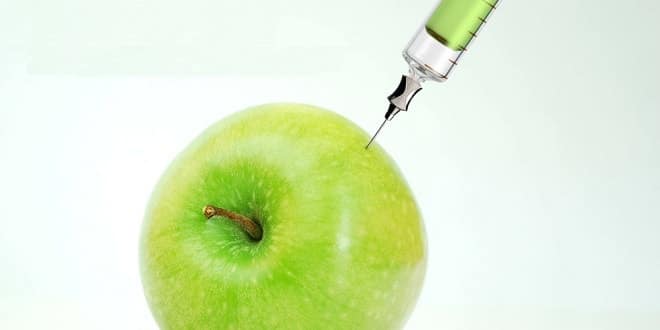E620 – E640
| Number | Name | Comments |
| E620 | Glutamic acid | flavour enhancer, salt substitute; amino acid present in many animal and vegetable proteins, derived commercially from bacteria; might cause similar problems as MSG(621), young children should avoid it |
| E621 | Monosodium glutamate (MSG) | flavour enhancer derived from the fermentation of molasses, salt substitute; adverse effects appear in some asthmatic people, not permitted in foods for infants and young children; typical products are canned vegetables, canned tuna, dressings, many frozen foods |
| E622 | Monopotassium glutamate | can cause nausea, vomiting, diarrhoea, abdominal cramps; typical products are low sodium salt substitutes |
| E623 | Calcium diglutamate | salt substitute, no known adverse effects |
| E624 | Monoammonium glutamate | salt substitute, no known adverse effects |
| E625 | Magnesium diglutamate | salt substitute, no known adverse effects |
| E626 | Guanylic acid | may trigger gout |
| E627 | Disodium guanylate | isolated from sardines or yeast extract; may trigger gout, not permitted in foods for infants and young children |
| E629 | Calcium guanylate | may trigger gout |
| E631# | Disodium inosinate | may be prepared from meat or sardines; may trigger gout, not permitted in foods for infants and young children |
| E633 | Calcium inosinate | may trigger gout |
| E635# | Disodium 5′-ribonucleotide | may be associated with itchy skin rashes up to 30 hours after ingestion; rashes may vary from mild to dramatic; the reaction is dose-related and cumulative, some individuals are more sensitive than others; typical foods include flavoured chips, instant noodles and party pies; avoid it, banned in some countries |
| E636 | Maltol | derived from the bark of larch trees, pine needles, chicory wood, oils and roasted malt; it may be produced synthetically |
| E637 | Ethyl maltol | derived from maltol |
| E640# | Glycine & its sodium salt | ? |


